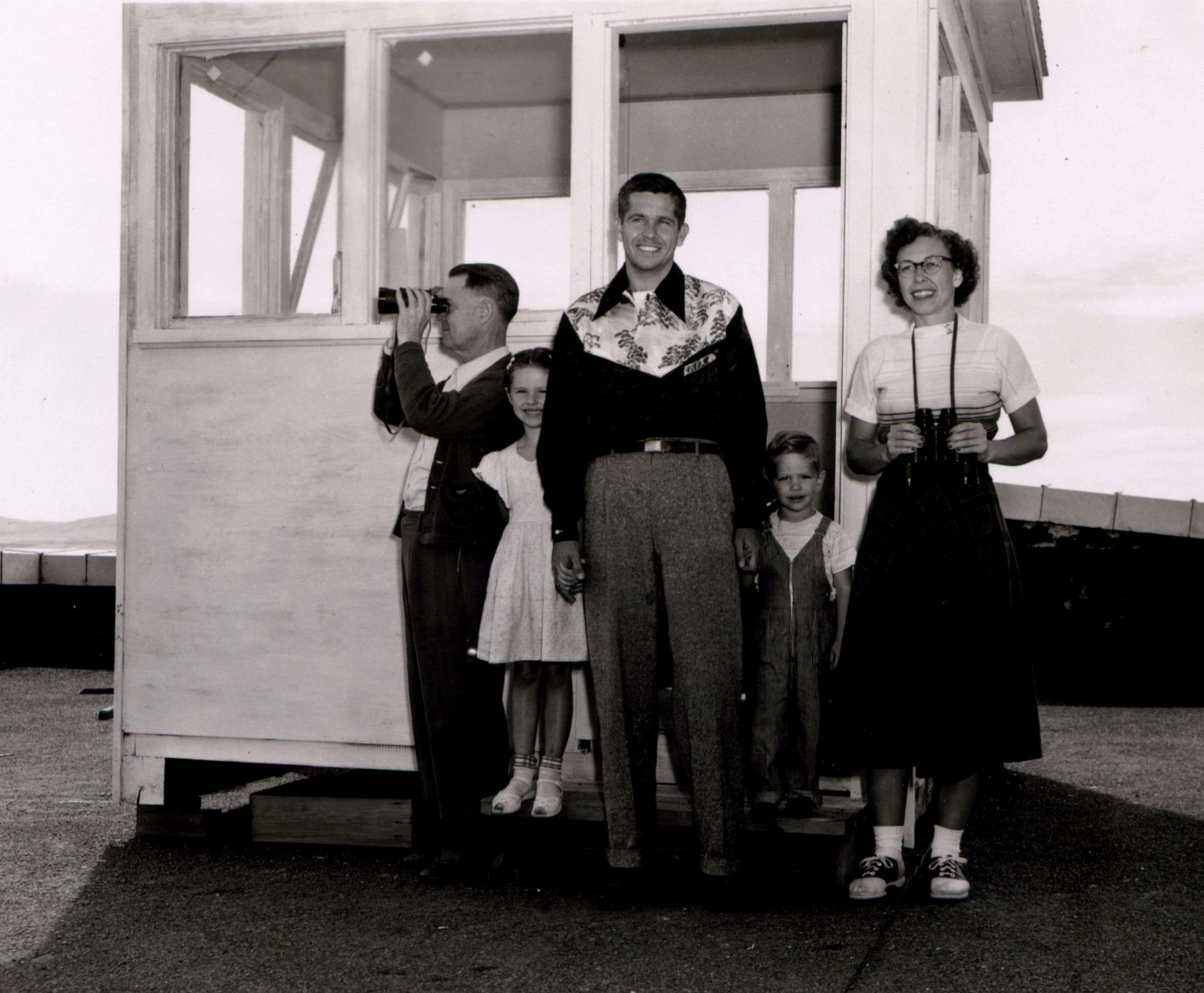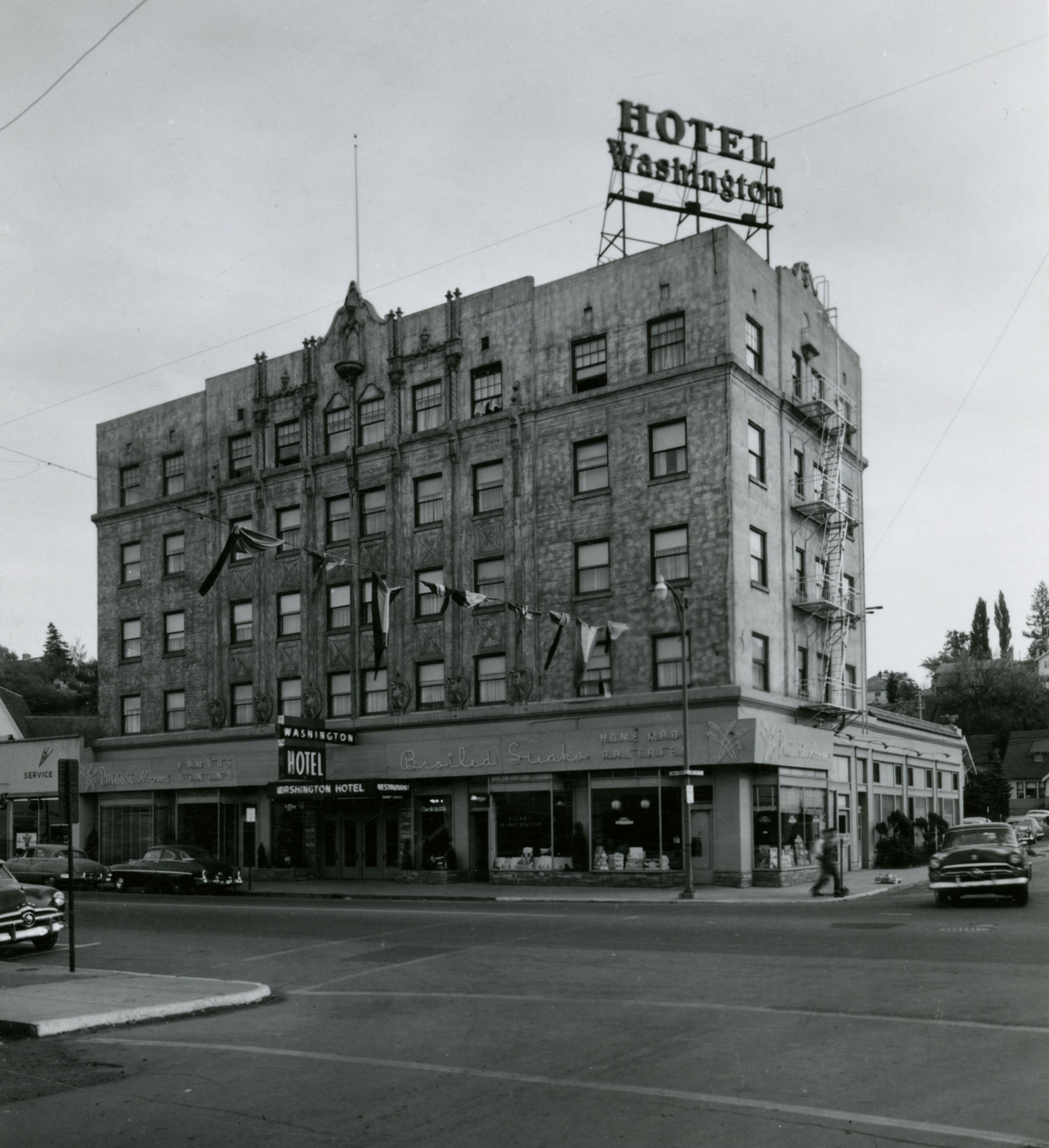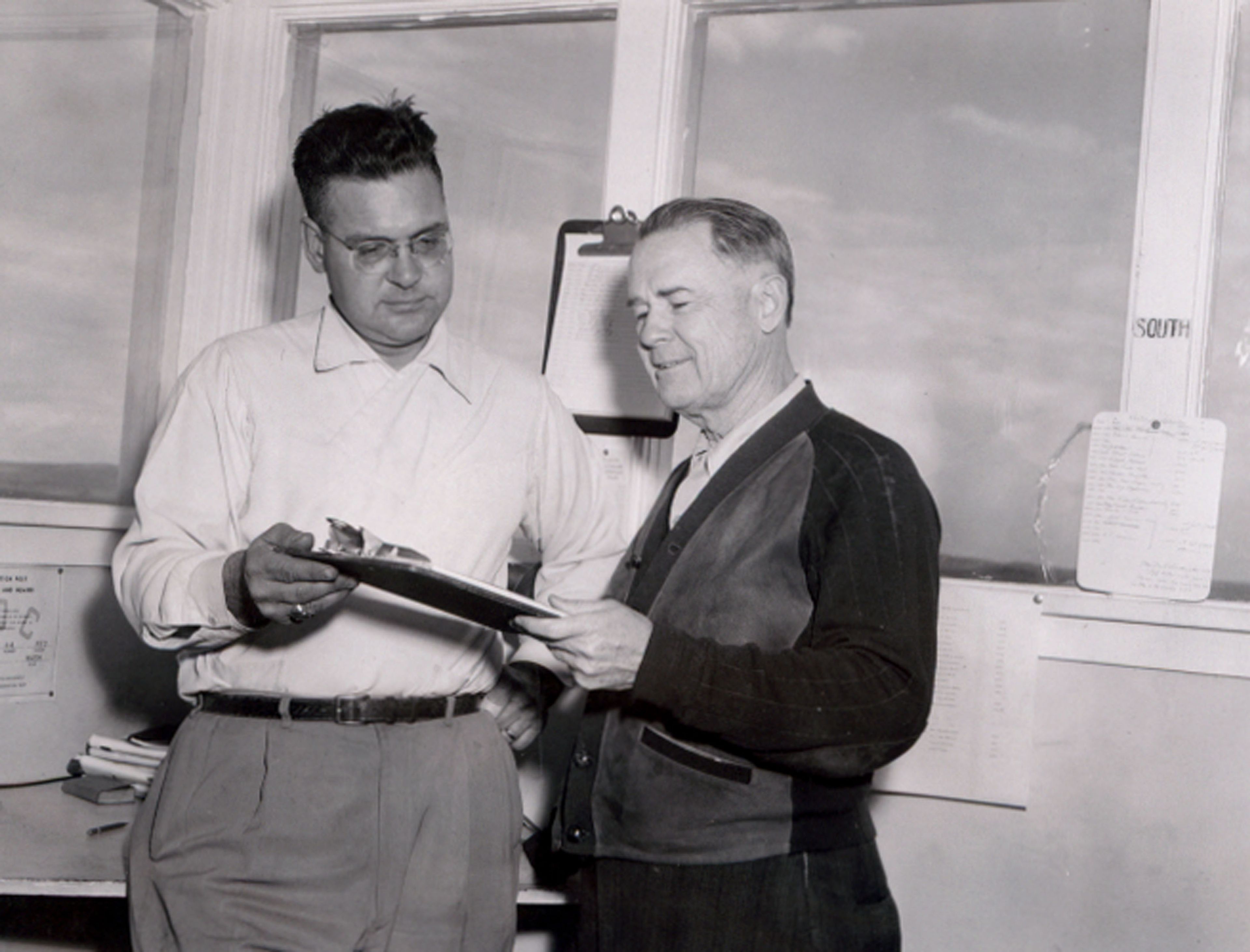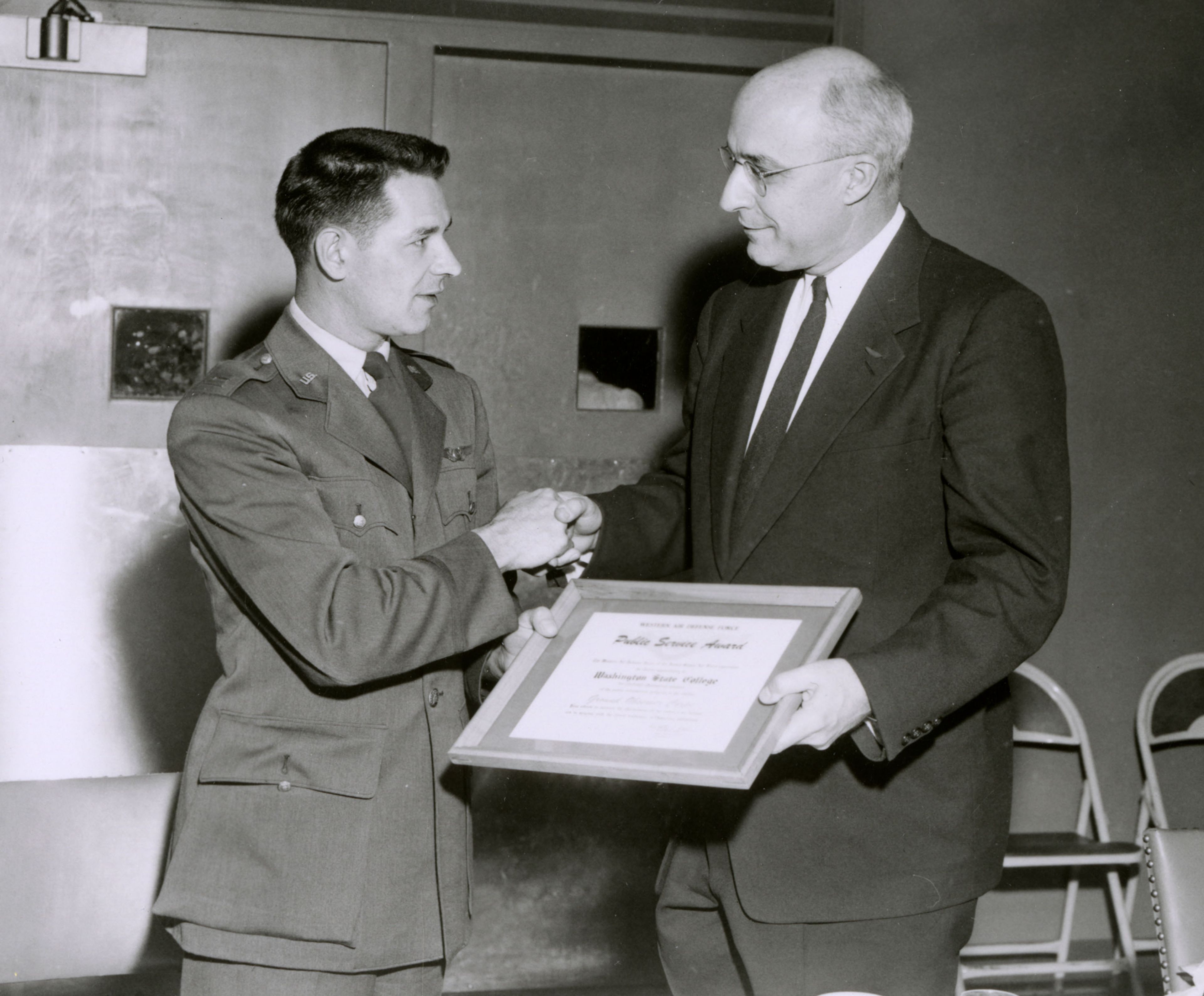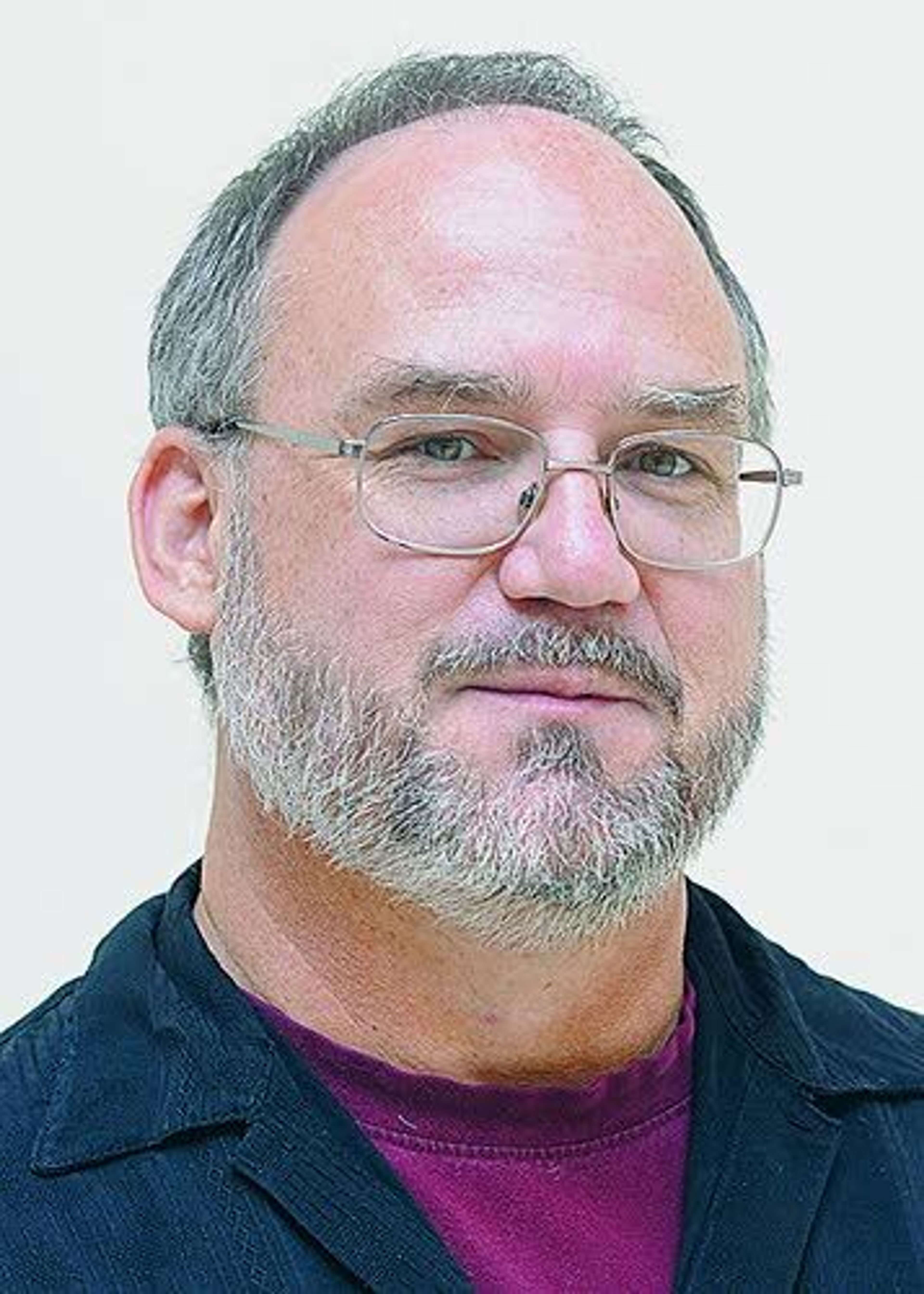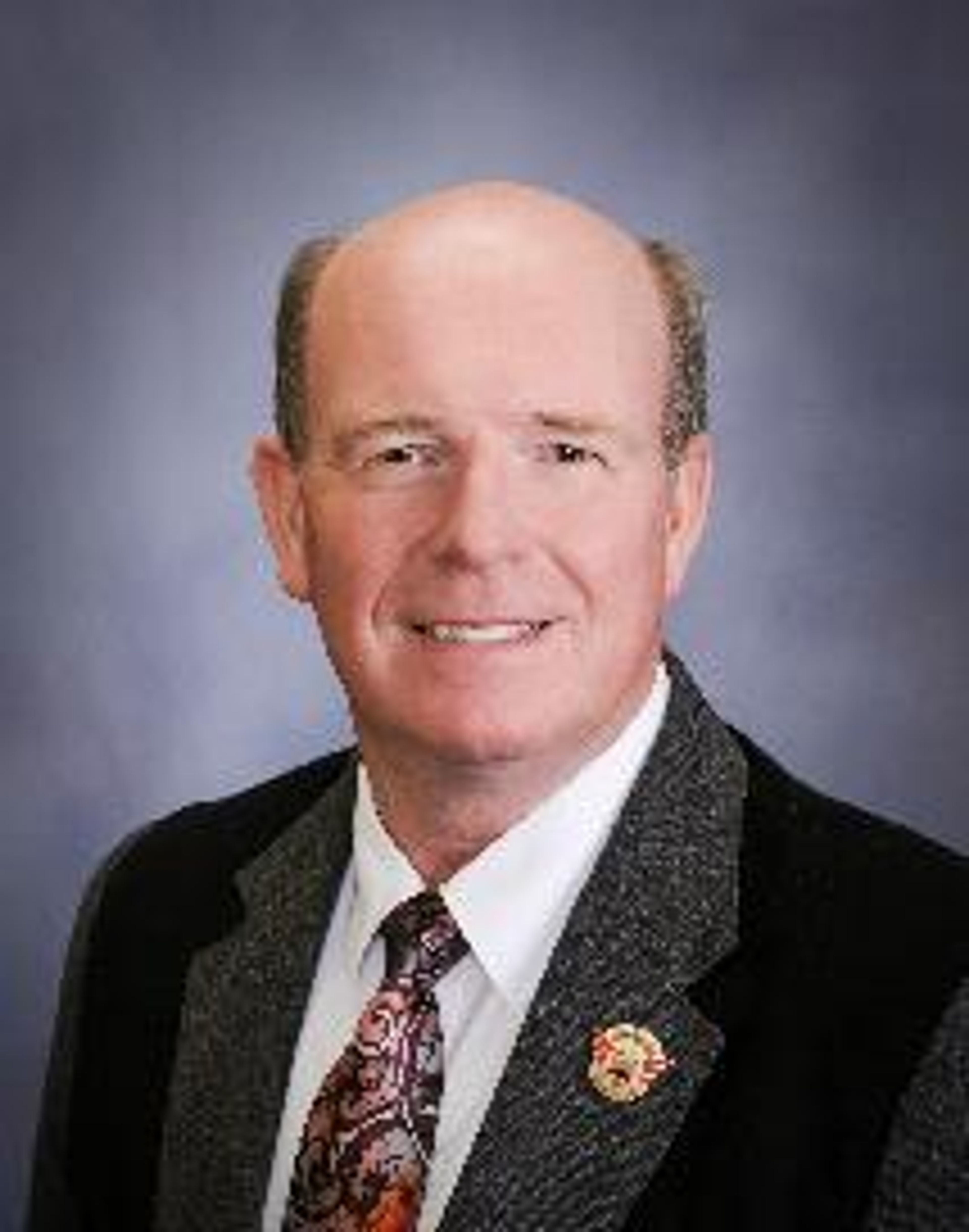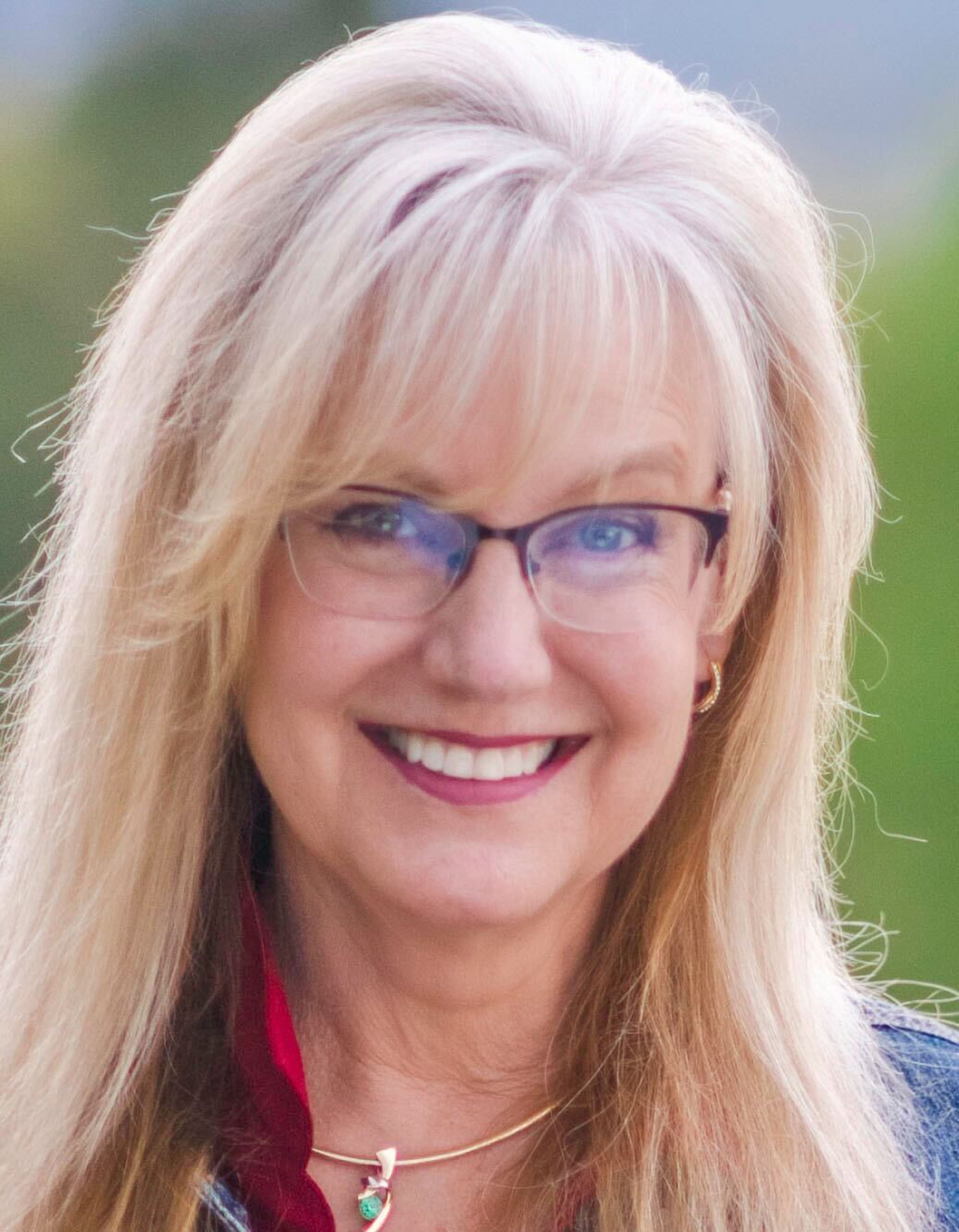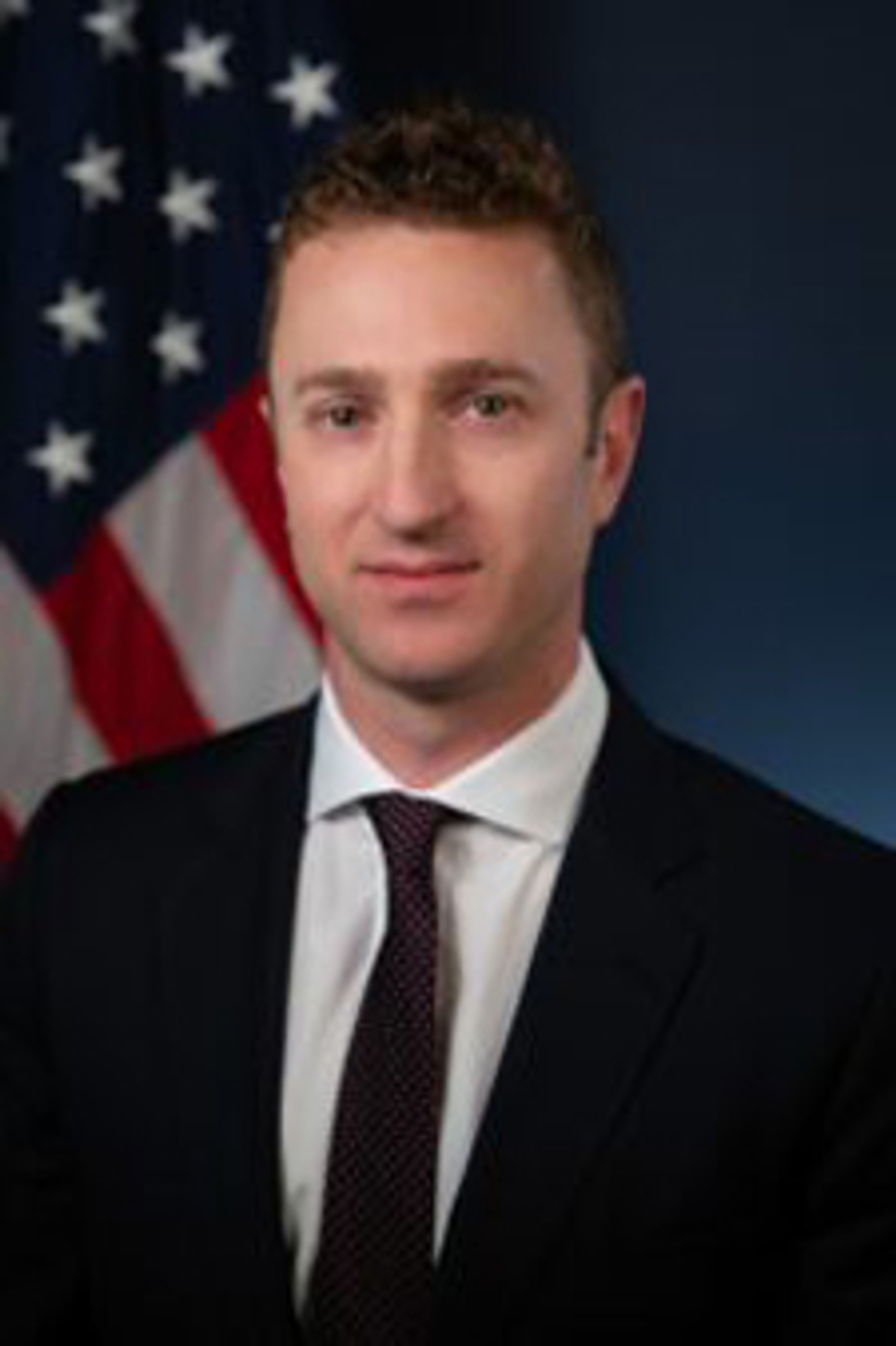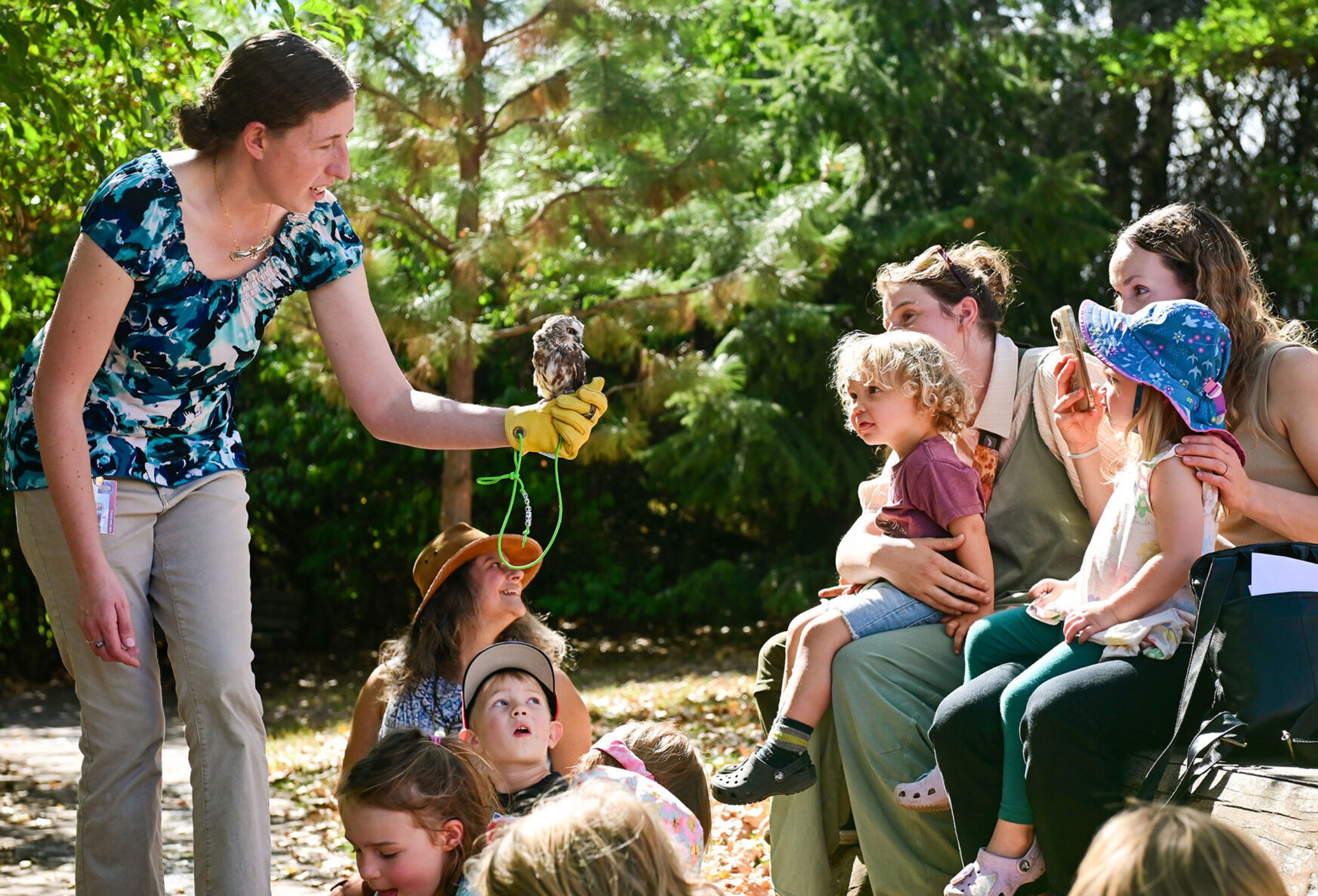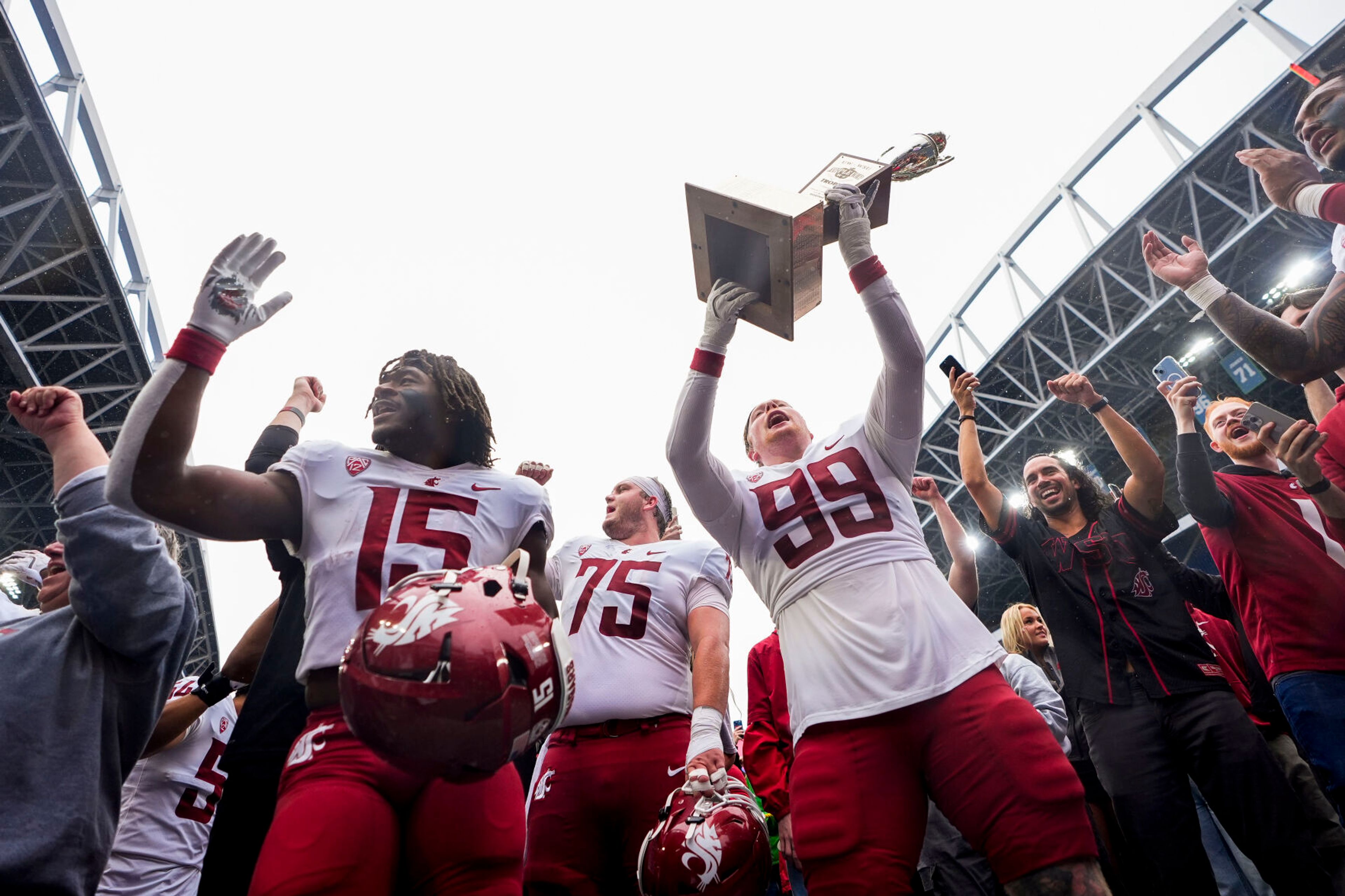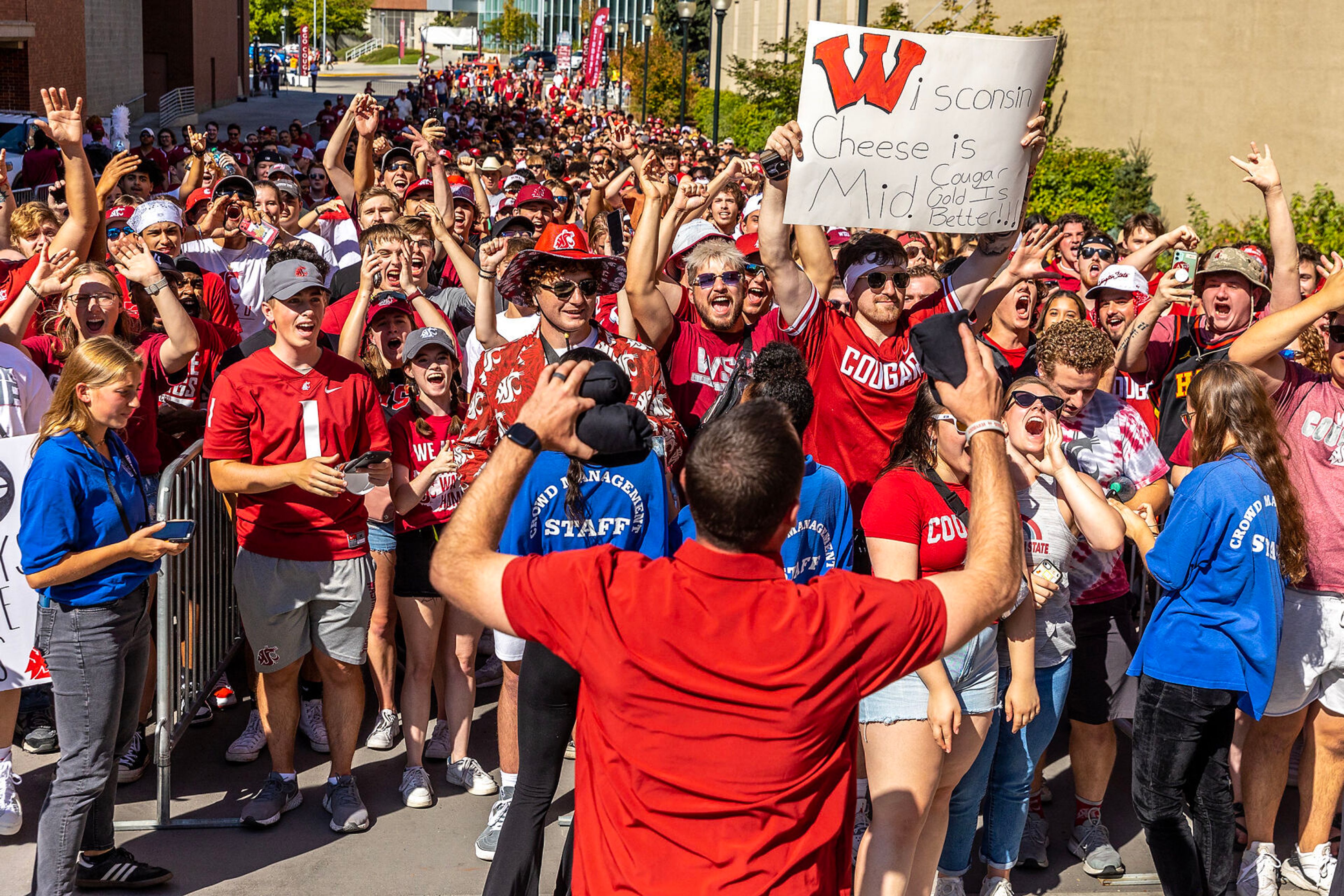Nearby History: Skywatching became a patriotic Palouse pastime
At noon on Tuesday, Feb. 17, 1953, the Washington State College campus applauded the opening of a new addition — a tiny, windowed building sitting atop Wilson Hall. For the rest of the decade, hundreds of local volunteers would each spend two hours at a time in this small hut watching the skies ... for incoming communist bombers.
During World War II, the Ground Observer Corps was created, asking civilian observers on the coast to watch for enemy aircraft. That ended in 1944, but with the coming of the Cold War, a second program of the same name was initiated in early 1950. By 1952, that had grown into Operation Skywatch, enlisting hundreds of thousands of volunteers around the country, no longer limited to the coastlines. Observers would call aircraft sightings into a local network center (the Inland Northwest’s center was at Geiger Air Force Base in Spokane), who would then evaluate the sightings and pass them on to Air Defense Command if necessary.
Pullman was quick to sign up; the local GOC chapter was formed in October 1952, headed by Harry Cole, a chemistry professor and retired Air Force colonel. After organization and volunteer training, construction on the portable hut, 8 feet square and 9 feet high, began on Feb. 12, 1953, near the southwest corner of the Wilson Hall roof, and it was ready for operation five days later. Aside from a portable heater, a direct phone line to Spokane, and some rudimentary furnishings, little more was required. When the station, designated CB44R, officially began operation, 195 local volunteers had signed up and received training.
The Pullman operation was not unique on the Palouse. Colfax started one in mid-April of 1953 from a temporary structure on the hilltop east of town. Moscow established an observation station atop what is now the 1912 Center, though that group continually had troubles finding volunteers. Colton formed a group in 1957, with participants working out of their own homes. Other communities had their own units, with varying degrees of success, but Pullman was the largest in this region.
WSC’s contribution to the cause was more than the Wilson Hall “observation tower” — in November 1954, they also hosted a two-day training seminar for the 4755th GOC (Ground Observer Corps) squadron of Spokane. In addition to military talks, regional Extension leaders and media representatives spoke about how to organize effectively, bring in community involvement and manage public relations.
Ground Observer Corps participation was certainly patriotic, but also was a social occasion of sorts. Meetings, usually either monthly or bi-monthly, would be held in the local Moose lodge or similar locations, with food, guest speakers and awards for participants.
Thirty-five hours at the observation site earned one an Observers’ Wings pin, with other awards for later milestones. In the fall of 1955, a busload of Pullman volunteers shared a day out, taking a road trip to Spokane for tours of Geiger Field and the GOC center there.
As of Nov. 1, 1956, for reasons unknown, the local GOC lost the use of the Wilson Hall roof. The Jan. 17, 1957, Pullman Herald reported that the local GOC is “once more scanning the skies,” now from a location atop the Washington Hotel, a five-story building in downtown Pullman (Evolve on Main is at this site today). This new site was equipped with an automatic detector, which could listen for the sound of a plane as far as 6 miles up or out and then ring a bell to alert the stationed watcher. A dedication ceremony took place on April 14, with public tours of the post available via the hotel elevator. Volunteer skywatchers were given credential cards, which would get them rooftop access when shown to the hotel desk operator.
With the development of faster and more effective automated radar equipment, the need for ground observers for defense would quickly come to an end. The Ground Observer Corps program officially ended on Jan. 31, 1959. On Jan. 17, 75 people, including about 50 out of 275 members from the local posts in Pullman, Colton-Uniontown, Genesee and Union Flats, gathered in Colton’s Fraternity Hall for a final celebration and remembrance of their efforts. Air Force representatives from Spokane came down to thank the volunteers, and awards were given to observers and supporters, over refreshments of cake, Jell-O, coffee and punch.
Though Operation Skywatch was only in existence a little over six years, many hundreds of Palouse region volunteers participated, with many of those racking up several hundred hours of service to their community and country.
O’English is the University Archivist at WSU Libraries’ MASC.
